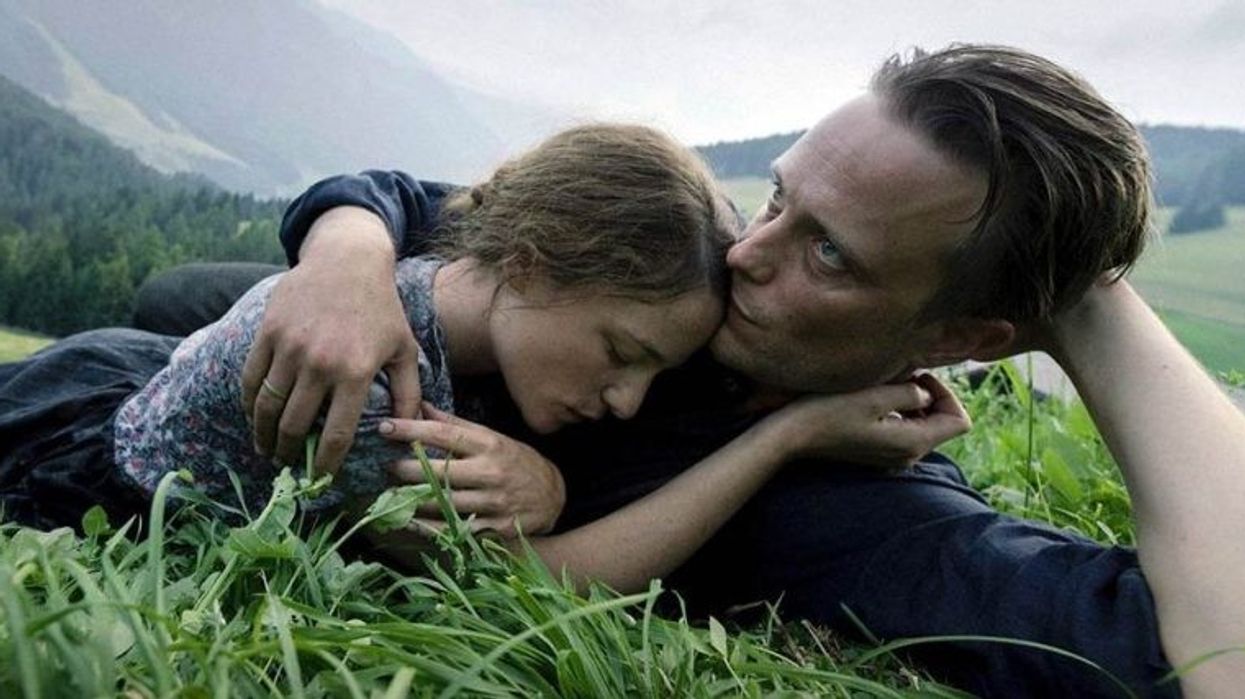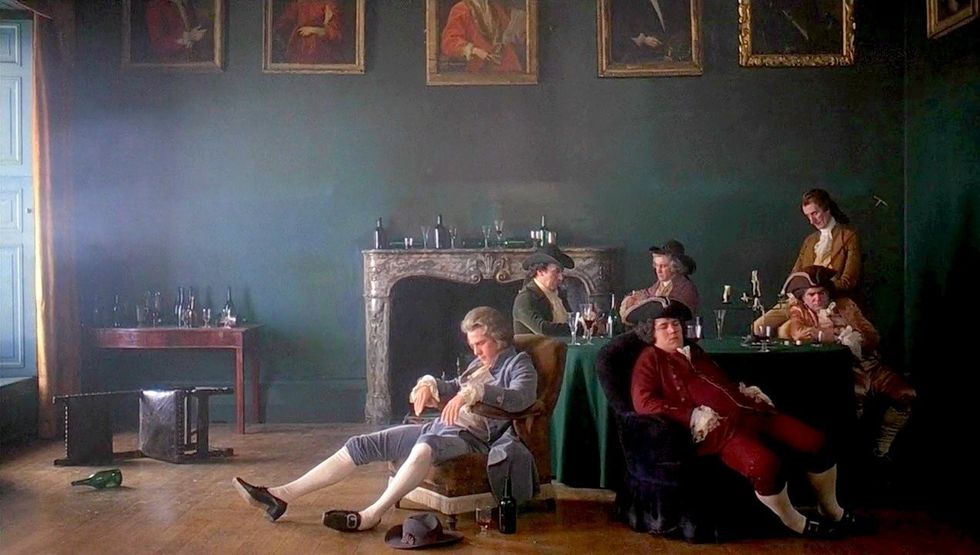What Is Ambient Lighting? Definition and Techniques for Filmmakers
Sometimes the best light available is what's already naturally in the scene.

When it comes to cinematography, lighting is more than just a tool to illuminate a scene; it's an art form that can transform the way we perceive a story and interact with it.
There are many different kinds of lighting techniques, but one of the most versatile and subtle in a cinematographer's toolkit is ambient lighting.
In this article, we'll delve into the definition of ambient lighting and explore various techniques to master this art form.
Enhancing Your Film with Ambient Light | PremiumBeat.comwww.youtube.com
Ambient Lighting Definition
 'The New World'
'The New World'Credit: New Line Cinema
Ambient lighting, often referred to as natural or available light, is the illumination present in a scene without the use of additional artificial lights. It encompasses the totality of light sources, both direct and indirect, that contribute to the overall illumination of a setting.
Ambient lighting is a cornerstone of cinematography, as it sets the mood, defines the atmosphere, and establishes the visual tone of a film.
Characteristics of Ambient Lighting

'The Revenant'
Credit: 20th Century Fox
How can you spot this kind of lighting when you see it? Well, there are several characteristics you should keep your eyes open to see.
- Realism: This is the biggest one. Ambient lighting mimics the way we perceive light in everyday life. It provides a natural and authentic look, making it ideal for creating a sense of realism in a scene.
- Subtlety: Want to layer things in quietly? Ambient lighting tends to be soft and gentle, with gradual transitions between light and shadow. This subtlety allows for more forgiving and flattering visuals, particularly for actors' faces.
- Atmosphere: Creating a mood? Ambient light plays a crucial role in establishing the emotional atmosphere of a scene. Whether it's the warm, cozy glow of a candlelit dinner or the cold, eerie moonlight in a horror film, ambient lighting helps convey the desired mood.
- Continuity: Lastly, when shooting on location or over multiple days, ambient lighting helps maintain visual consistency, as it's less affected by changing weather conditions and time of day.
Techniques of Ambient Lighting
 'Barry Lyndon'
'Barry Lyndon'Credit: Warner Bros.
So you want to use ambient light? Let's go over some of the characteristics you can expect and how to bring them to your work.
- Golden Hour: Filmmakers often take advantage of the golden hours, which occur shortly after sunrise and before sunset, to capture stunning light. During these times, the sun's angle creates warm, soft, and directional light, casting long shadows that add depth to your scenes.
- Window Light: Utilize natural light sources like windows, skylights, or doors to introduce ambient light into your scene. To control the quality of this light, consider using diffusers or curtains to soften it or reflectors to bounce it back onto your subject.
- Practical Lights: Incorporate practical lights within your set design. These can be lamps, candles, or any light source that exists within the story's world. This will only enhance the ambient lighting and also add authenticity to the scene.
- Reflective Surfaces: Use reflective surfaces like white walls, ceilings, or even strategically placed mirrors to bounce and diffuse light. This can help fill in shadows and create a more even and flattering illumination.
- Negative Fill: In situations with excessive ambient light or harsh shadows, employ negative fill to subtract unwanted light. This can be achieved by using flags, blackboards, or even simply positioning your subjects in the shadowed areas of a scene.
- Color Temperature: Pay attention to the color temperature of your ambient light sources. Different times of day and light sources have varying color temperatures, which can impact the mood of your scene. Experiment with color gels and filters to achieve the desired look.
- Backlighting: Don't shy away from using ambient light to create silhouettes or dramatic backlighting. This technique can add depth and intrigue to your compositions.
- Control with Diffusion: When working with harsh sunlight or other intense ambient sources, employ diffusion materials like silk, muslin, or diffusion frames to soften and control the light.
- Time and Weather: Be patient and adaptable. Ambient lighting can change rapidly due to factors like time of day and weather conditions. Use these changes to your advantage, capturing the magic of evolving light.
Mastering the art of ambient lighting requires a keen understanding of how light behaves in the natural world and the ability to harness it creatively.
By employing various techniques and embracing the subtlety of ambient light, cinematographers can elevate their craft and craft unforgettable visual storytelling experiences.
So, the next time you're behind the camera, don't underestimate the power of the ambient light around you—it might just be the key to unlocking the perfect shot.
Let me know what you think in the comments.
- Negative Fill Can Add Dimension & Contrast to Your Shots, & It's Easy on Your Wallet ›
- 5 Cinematography Techniques for Lighting for Darkness ›
- 13 Film Lighting Techniques Every Filmmaker Should Know ›












